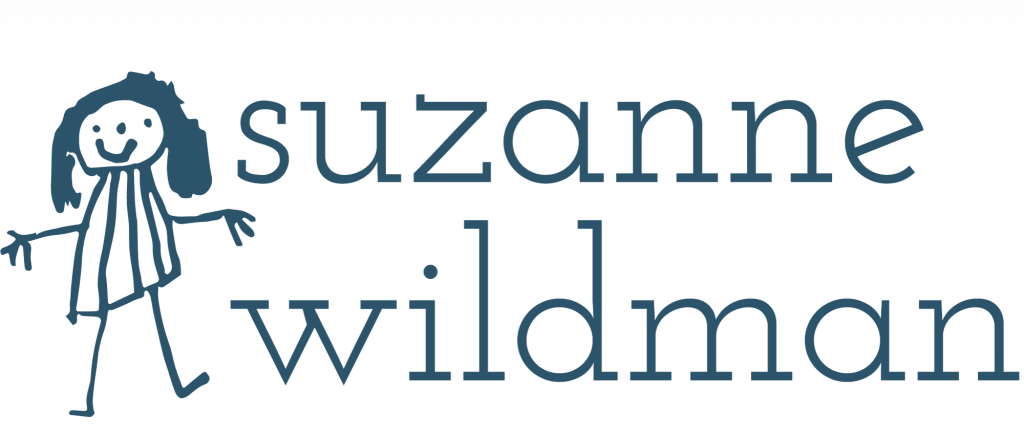 How to Talk so Kids will Listen (Video Series) by Adele Faber and Elaine Maslish. Lexington, KY: The Kentucky Network.
How to Talk so Kids will Listen (Video Series) by Adele Faber and Elaine Maslish. Lexington, KY: The Kentucky Network.
Providing a meaningful workshop series for parents has several components. Substantive curriculum that is relevant and easily accessible to parents is one of the vital ingredients. Adele Faber and Elaine Maslish’s curriculum fulfills this key requirement but has another great advantage. Faber and Maslish have co-authored several best selling books including Liberated Parents/Liberated Children, Siblings Without Rivalry, Between Sisters and Brothers, and How to Talk so Kids will Listen and Listen so Kids will Talk. The popularity and credibility of their books attract parents to programs. This circumvents some of the outreach and retention challenges which plague even worthy programs as they get started.
This six-part video series covers a range of topics: dealing with children’s feelings, engaging cooperation, alternatives to punishment, encouraging autonomy, new ways to praise, and freeing children from playing roles. A group of actors representing parents in various life stages with children ranging from nursery school to high school join Faber and Maslish, the co-facilitators, to form a parent group. Each week participants learn a few techniques to enhance communication and solidify relationships with their children. And at the beginning of each session they report on how the concrete strategies they learned in the previous session worked for them in the intervening week.
Role-play is the principal way in which content is delivered. Some of the role-plays focus on adult interactions to help the parents experience more directly what it is like to be on the receiving end of negative and positive interactions. The actors speak about their reactions in straightforward ways and parents will usually identify strongly with those reactions because they will be reminded of similar experiences in their own lives. Other role-plays translate these adult situations into the communication situations that crop up between parents and children. Having already felt the feelings associated with the adult version of the role-play, participants are better able to understand a child’s reactions in a similar setting. With that kind of empathy in place, parents suddenly discover the motivation to try new ways of interacting with their children.
The staged interchanges between actor-parents often seem contrived. But that is surprisingly easy to put up with because the content is really very good. In the workshop setting, this limitation can be overcome simply by discussing it and encouraging parents to look for the principles being conveyed. Another limitation may well be the cultural narrowness of the series. The actors are from a variety of backgrounds but the pluralism seems a bit token in that it rarely reaches into the discussion of the content. Faber and Maslish would doubtless argue that the principles they discuss are widely applicable but this would be more convincing if the diversity of parenting styles and traditions were more palpable.
The series is ideal for facilitators with little background or training in parent education. The comprehensive Leader’s Manual walks leaders through the group process step-by-step and the activities in the participant’s workbook provide a helpful structure for each workshop. The videos have an important benefit in addition to their usefulness in workshops: Faber and Maslish show how to run an effective parent group. All this provides a safety net to help new facilitators relax a little when running this series. More experienced facilitators could adapt the curriculum to suit their own style by using only selected sections or by utilizing different videos to bring more variety to their presentation.
